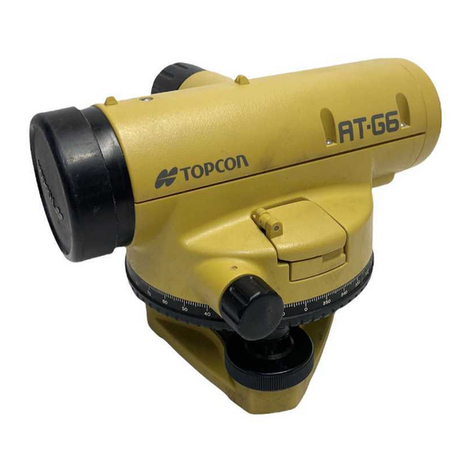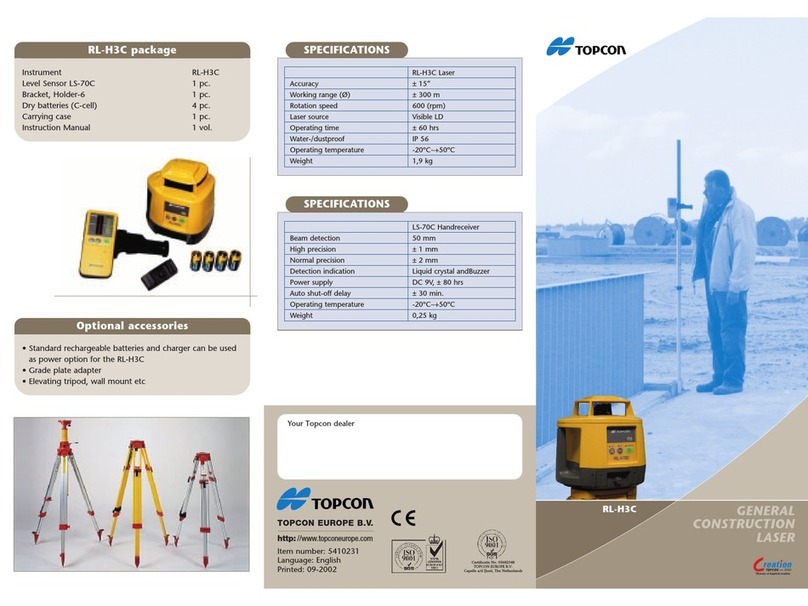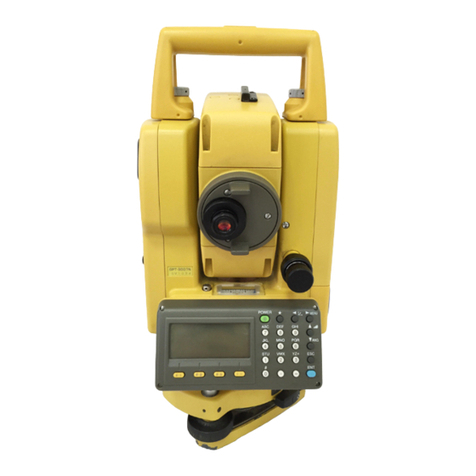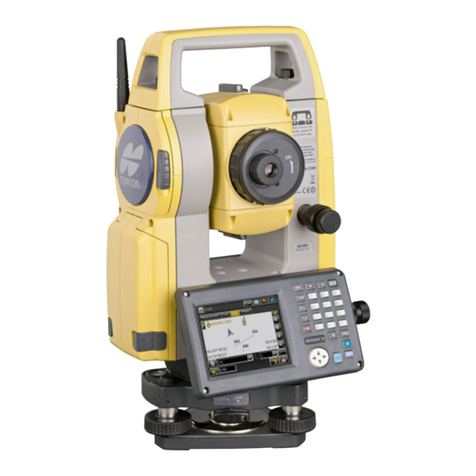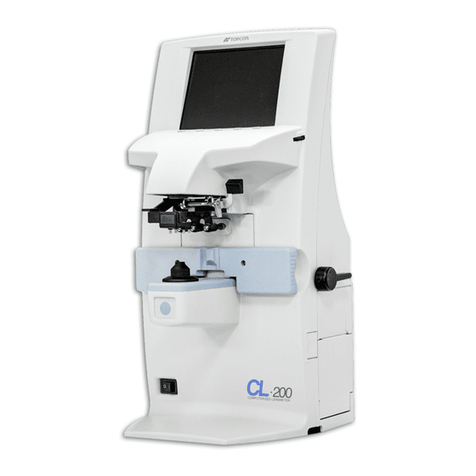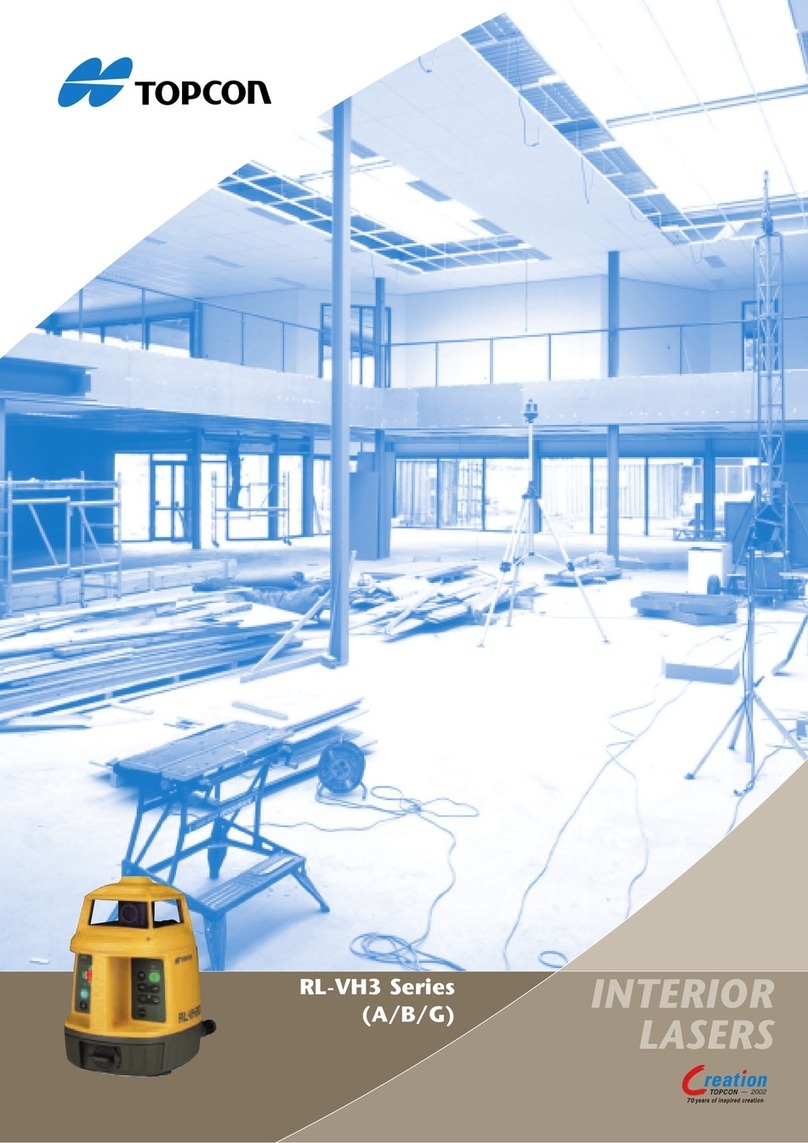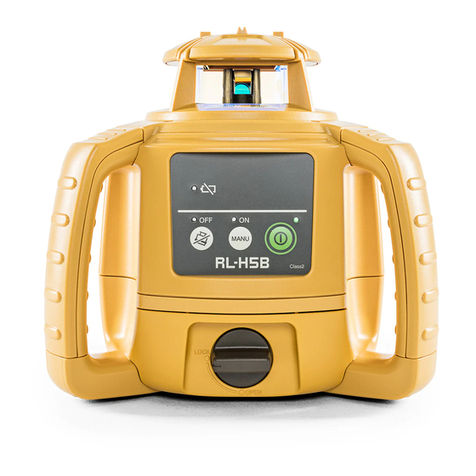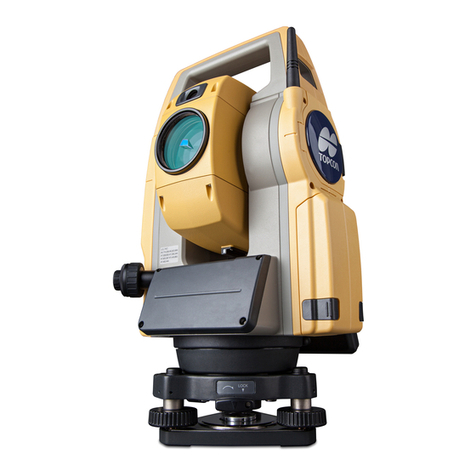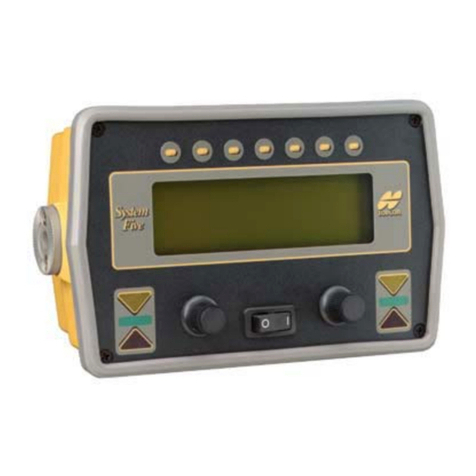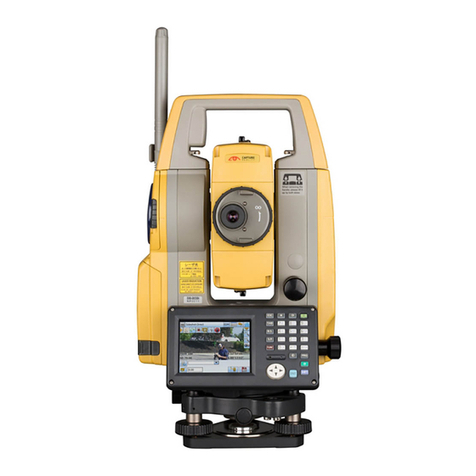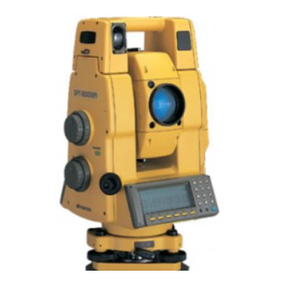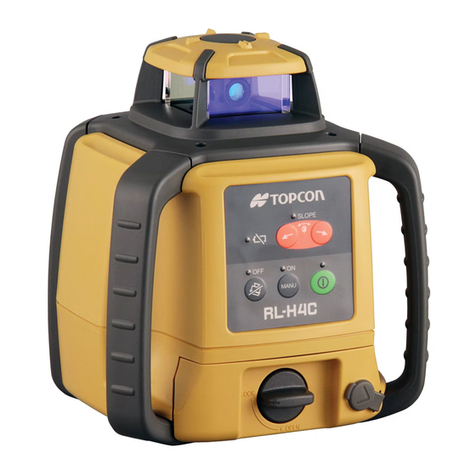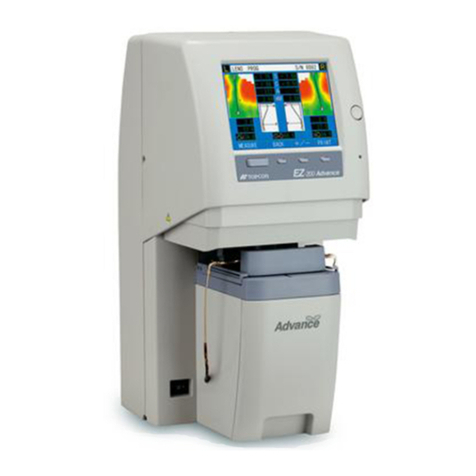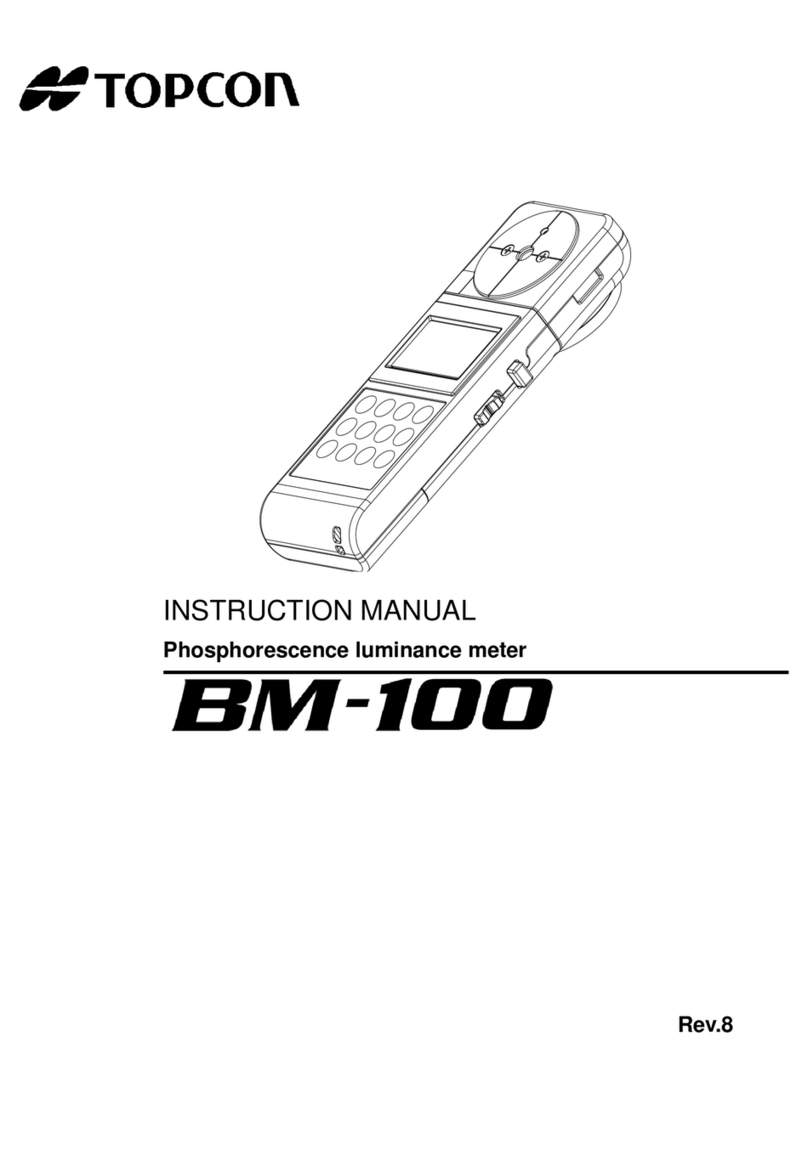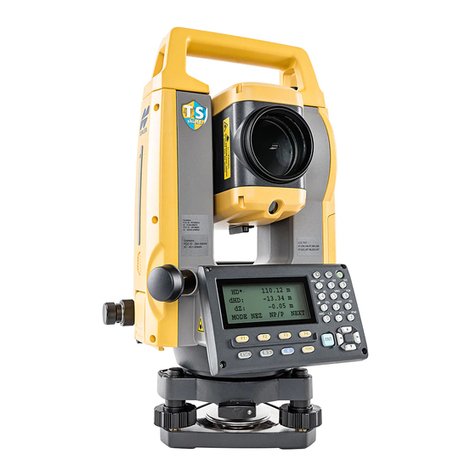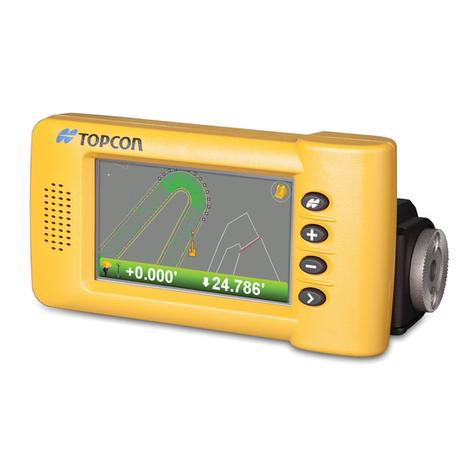3.1.2 Data/Setting Item Display........................................................................................................................................................................43
3.1.3 Numerical Value Setting............................................................................................................................................................................44
3.2 Standard sample ..................................................................................................................................................... 45
3.3 White Board .............................................................................................................................................................. 45
3.4 White Board Luminance Factor......................................................................................................................... 46
3.5 White Board Correction Factor......................................................................................................................... 46
3.6 Correction Factor................................................................................................................................................... 47
3.6.1 Checking/Setting the Correction Factor...........................................................................................................................................48
3.6.2 Inputting the Correction Factor.............................................................................................................................................................49
3.6.3 Clearing the Correction Factor..............................................................................................................................................................52
3.7 Area Correction Factor........................................................................................................................................ 53
3.7.1 Setting an Area Correction Factor.......................................................................................................................................................55
3.7.2 Displaying an Area Correction Factor.................................................................................................................................................55
3.8 Measurement Range.............................................................................................................................................. 56
3.9 RS-232C Parameters ........................................................................................................................................... 57
3.10 Buzzer Sound........................................................................................................................................................... 58
3.11 Communication Format........................................................................................................................................ 58
3.12 Average Measure.................................................................................................................................................... 59
3.13 Maintenance Recommended Display............................................................................................................... 59
4. Communication With a PC..............................................................................................................................60
4.1 Communication Commands ................................................................................................................................ 60
4.2 BM-7A Series Mode Communication Commands...................................................................................... 60
4.2.1 ST Command ..................................................................................................................................................................................................62
4.2.2 CA Command..................................................................................................................................................................................................63
4.2.3 TF Command ..................................................................................................................................................................................................63
4.2.4 TS Command ..................................................................................................................................................................................................63
4.2.5 MA Command .................................................................................................................................................................................................63
4.2.6 MM Command.................................................................................................................................................................................................64
4.2.7 FR Command ..................................................................................................................................................................................................64
4.2.8 F Command .....................................................................................................................................................................................................64
4.2.9 R Command.....................................................................................................................................................................................................65
4.2.10 W Command ....................................................................................................................................................................................................65
4.2.11 CF Command..................................................................................................................................................................................................65
4.2.12 FK Command ..................................................................................................................................................................................................66
4.2.13 FKR Command ...............................................................................................................................................................................................66
4.2.14 FAG Command...............................................................................................................................................................................................66
4.2.15 FO Command..................................................................................................................................................................................................67
4.2.16 CGL Command...............................................................................................................................................................................................67


